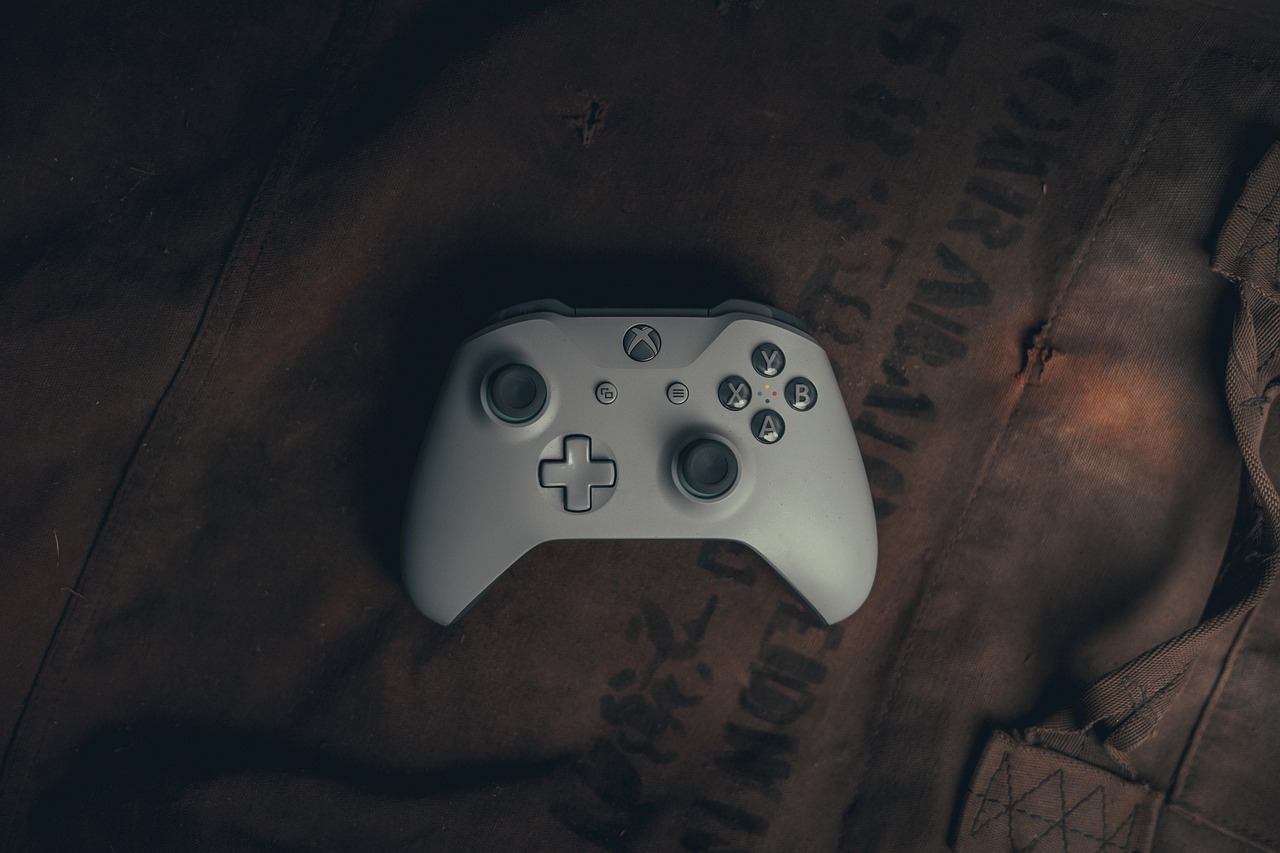The Unexpected Influence of Retro Gaming: A Modern Renaissance
Retro gaming, once a niche hobby relegated to the basements and garages of enthusiasts, has experienced a revival in recent years. From the 1980s through the early 2000s, gaming technology advanced at a rapid pace, with each new console generation bringing significant improvements in graphics and processing power. During this period, many older games and consoles were cast aside in favor of the new and the shiny. However, a shift began to take place in the mid-2000s, as a growing number of gamers began seeking out and collecting these older systems and games. This trend has only accelerated in recent years, with retro gaming now holding a prominent place in gaming culture.

The Present-Day Effect: Retro Gaming’s Current Boom
Fast forward to the present day, and it’s clear that retro gaming is enjoying a boom. From classic console re-releases like the Nintendo NES Classic and Sega Genesis Mini to the popularity of retro-inspired indie games, there’s no denying that old-school gaming is back in a big way.
The retro gaming trend has not only impacted players but has also had a significant influence on game developers. The success of retro-inspired games like “Shovel Knight” and “Stardew Valley” has shown developers that there’s a substantial audience for games that harken back to the 8-bit and 16-bit eras. As a result, more and more developers are incorporating retro elements into their games, whether in terms of graphics, gameplay mechanics, or overall style.
Significance and Impact: How Retro Gaming is Shaping the Industry
The rise of retro gaming has also had an economic impact on the industry. Retro games and consoles are now highly sought after, with some rare items fetching high prices on the secondary market. This has given rise to a whole new sector within the gaming industry, with businesses specializing in selling and trading retro games and hardware.
Culturally, the popularity of retro gaming has led to a deeper appreciation for the history of video games. It has sparked interest in preserving and studying video games as important cultural artifacts. Institutions like The Strong National Museum of Play in the United States and The National Videogame Museum in the UK have substantial collections dedicated to video games, including many classic and retro games.
The Player Perspective: Reception and Reasons for the Retro Renaissance
From a player perspective, the retro gaming trend is driven by a combination of nostalgia and a desire for simpler, more straightforward gaming experiences. For older gamers, playing retro games can bring back fond memories of their youth. For younger gamers, playing these games offers a chance to experience the history of gaming firsthand.
Regardless of the reason, one thing is clear: retro gaming is here to stay. It’s no longer just a hobby for enthusiasts, but a significant part of the gaming mainstream. With new developments like the increasing popularity of retro game streaming and the release of more retro-inspired games, it’s clear that the influence of retro gaming on the industry will continue to grow.
The Retro Gaming Renaissance and the Future of the Industry
The retro gaming renaissance is more than just a trend—it’s an indication of the industry’s recognition of its past and the value of its history. As new generations of gamers discover the joys of retro gaming, we can expect this influence to continue shaping the industry in exciting and unexpected ways. Whether through gameplay mechanics, aesthetic choices, or an appreciation for gaming history, the impact of retro gaming is a testament to the enduring appeal of these classic games.
It remains to be seen what the future holds, but one thing is clear: the past, it seems, will continue to play a vital role in the future of the gaming industry.





